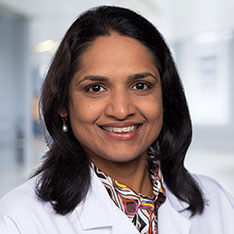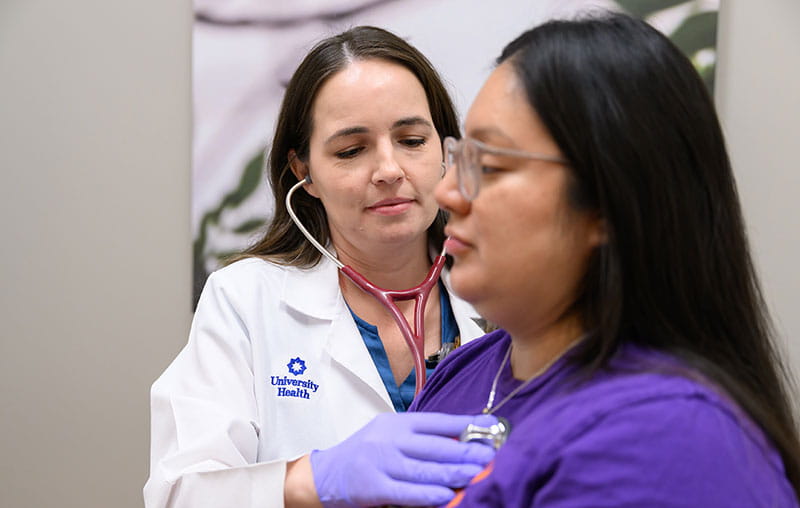Each year, around 5,000 Americans are diagnosed with ALS, also known as Lou Gehrig’s disease, but few people have a good understanding of the condition.
Stephen Hawking, world-renowned physicist, lived with ALS for most of his life. He was diagnosed at 21 and lived to be 76 — much longer than most other people with the condition live.
Keep reading to learn more about the condition, including how it affects the body, how it is treated and the potential for new treatments on the horizon.
How ALS Affects the Body
ALS (amyotrophic lateral sclerosis) is a neurodegenerative disease that affects the nerve cells in the brain and the spinal cord. Because the condition is progressive, it causes a gradual loss of the neurons (cells) that tell your muscles what to do.
When you think about muscles, your biceps or your abs might come to mind. Those muscles are affected by ALS, but other muscles are also affected — including those responsible for basic functions of living. Over time, symptoms that seem minor can progressively worsen.
“The condition can present with slowly progressive painless weakness in the arms or legs, or difficulty with speaking, chewing, swallowing or breathing,” said Dr. Ratna Bhavaraju-Sanka, a neurologist at University Health. “Some patients also notice muscle twitching, cramps and tightness associated with the weakness.”
These symptoms are also commonly related to other, less serious conditions, but are always worth evaluating with a medical provider.
“When any of those symptoms start, we recommend you see your primary care provider to help identify what can be causing them,” Sanka said. “If there is no obvious cause, the primary care provider can facilitate a consultation with a neurologist.”
Risk Factors for ALS
Anyone can develop ALS, but the risk is highest among:
- People between ages 55 and 75
- Men, particularly before age 65
- Caucasians and non-Hispanics
There’s a bit of mystery surrounding what causes amyotrophic lateral sclerosis. While 5-10% of ALS cases are found to have a genetic or familial connection, the cause is unknown in up to 95% of cases.
Treatment for ALS
Though ALS was first identified in 1869, research about the disease and potentially how to cure it is still ongoing.
“Unfortunately, we do not have a cure for this disease,” Sanka said. “There are few medications approved that have been shown to slow down the progression of the disease. We also manage the condition by treating the symptoms and providing assistive devices like walkers, wheelchairs, breathing devices and sometimes feeding tubes.”
That may change in the future as more advances are made in the field. Hope is on the horizon.
“We have the first approved therapy for a type of familial ALS, and we also have three different medication types to treat non-familial ALS,” Sanka said. “A lot of research is being done on this disease, and lately we have seen some glimmers of hope.”
Neurology at University Health
Find brain and spine care for rare and common conditions, ranging from ALS to migraines, at University Health in San Antonio.





